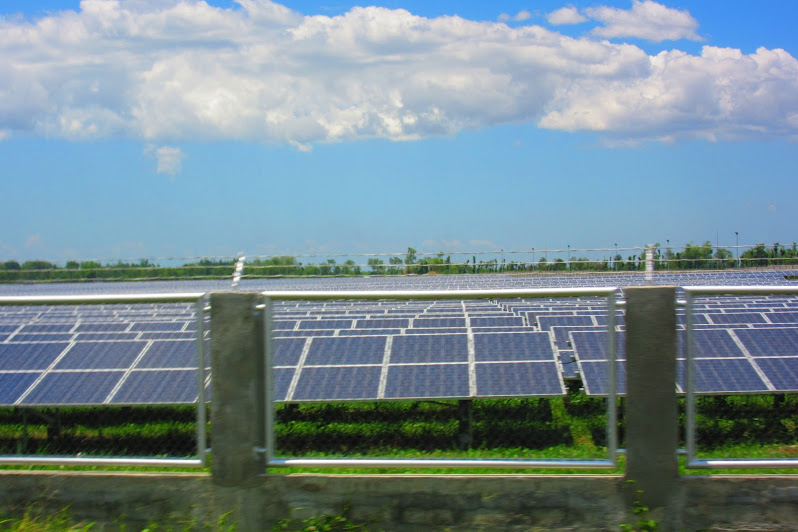Change in weather conditions, extreme climates, depleting natural resources, and other natural disasters have become a recurring occurrence in various parts of the world. As such realities keep happening, and even worsening, how do we imagine our #WorldIn2026? My travels have allowed me to come face to face with the negative effects of climate change while it also provided me with ideas on how to counter them.
Our planet is ageing. There are events within our stratosphere and at the outer space that are affecting our environment. But, most of all, we are so focused in fast-tracking our lives, given the sudden rise of new technologies, that we place more emphasis on our comfort rather than in protecting our planet. While we provided solutions to certain issues, it cannot be denied that we also created new problems. We use materials that create damage to our ecology, we utilize non-renewable energy, we pile more waste than ever, we destroy our flora and fauna and other earthly species, and we increase our carbon footprint.
Although climate change is inevitable, we can still do something to reduce its perils. In my view, there is no single solution that can address climate change, but if I were to name one or two most important technological development over the next 10 years that will have the greatest impact in reducing climate change risks, it is by fully utilizing renewable energy like solar and wind energy and eliminating the emission of hazardous materials to our environment through putting emphasis on organic goods and products.
In our province of Negros Occidental, solar panel fields are being installed throughout the island. One of the biggest solar panel farms in Southeast Asia is found in Negros. And not only is the province becoming a source of solar energy, it is also advocating for organic farming.

Our mode of transportation and construction of edifices should stop using fossil fuels and shift to technologies that collect and utilize solar energy. We need to put more greens in our buildings and use natural methods to cool our structures. There are a number of construction revolutions that prove this is possible. Roof tops should either have solar panels or vegetable gardens. New inventions and innovations should be geared towards the use of renewable resources.

We also have to encourage cities to be self-sustaining when it comes to food, producing food products organically to lessen chemicals in the air and into our body. There is a need to respect protected areas and allocate spaces for organic agriculture. The way we manufacture our goods should be revisited to ensure that the methods do not cause harmful effects. We have to work towards zero-wastage wherein we are able to reuse and recycle our refuse while protecting our forests, seas and other natural resources.

Sustaining our future does not end in technological development alone. There are three sectors that will play a great role in making our ecological goals work: corporations, governments and peoples.
We need to engage companies, from their research and development phase up to manufacturing and distribution, and urge them to use safe, recyclable materials. Processes and materials have to undergo through a series of screening to ensure that what they do and use do not contribute but instead reduce climate change risks. Those that increase carbon footprint have to be replaced with nontoxic and nonthreatening resources and procedures.
Governments must come up with more laws towards a more low-carbon society, push for the use of renewable energy and put more teeth into these policies. Cooperation among governments and among urban and rural areas must be strengthened and deepened. Every government has to be held accountable to environmental hazards.
We also need to transform our behavior so that we become more conscious of our surroundings. Schools, non-profits and civil society can be active participants in educating individuals and consolidating our efforts.
We need to build towards a sustainable future for the next generation. Each one of us counts. If we work together, we can make this happen.

Let me know what you think of climate change.
The infographics help a lot in making us understanding about climate change and the future. Young children should be aware that this is happening so they can find ways to reduce its largely dangerous impact.
I like to see more people adopt solar panels. We really should be moving to renewable energy.
Behavioral change is the hardest step. We all need to do our role in reversing climate change, but convincing everyone to be more environmentally-conscious is the biggest challenge.
I have solar lanterns and fans at home. I’m planning to install a proper grid so it can be a good alternative for the electric supply. Here in my part of world sun shines more than 300 days a year!
I totally agree about aiming to zero energy waste. But sometimes, I wonder what can an individual do MORE to create a bigger impact? Love to share with people about this!
Agree, we should try to reduce waste and use renewable energy. Its time to save the planet together.